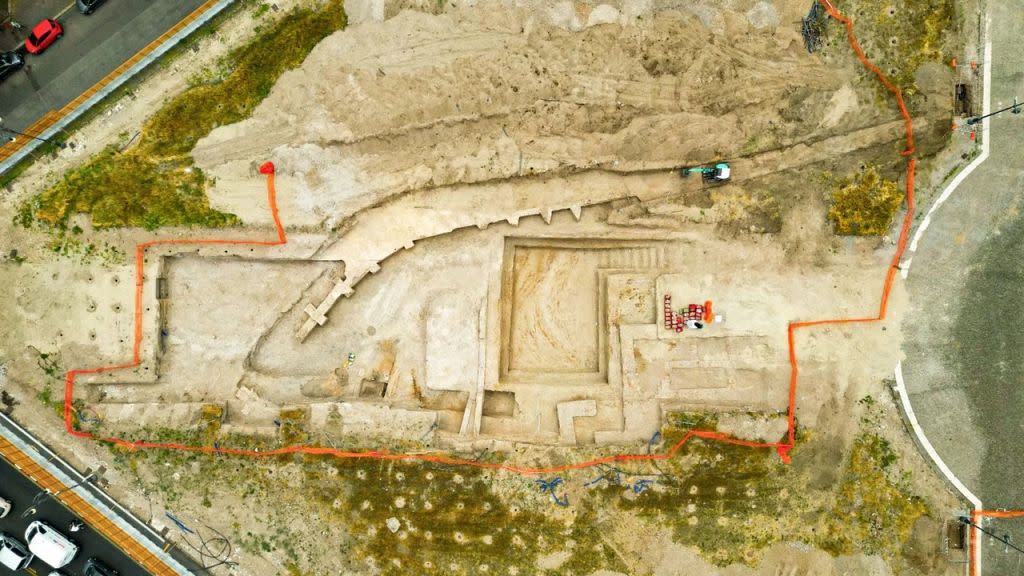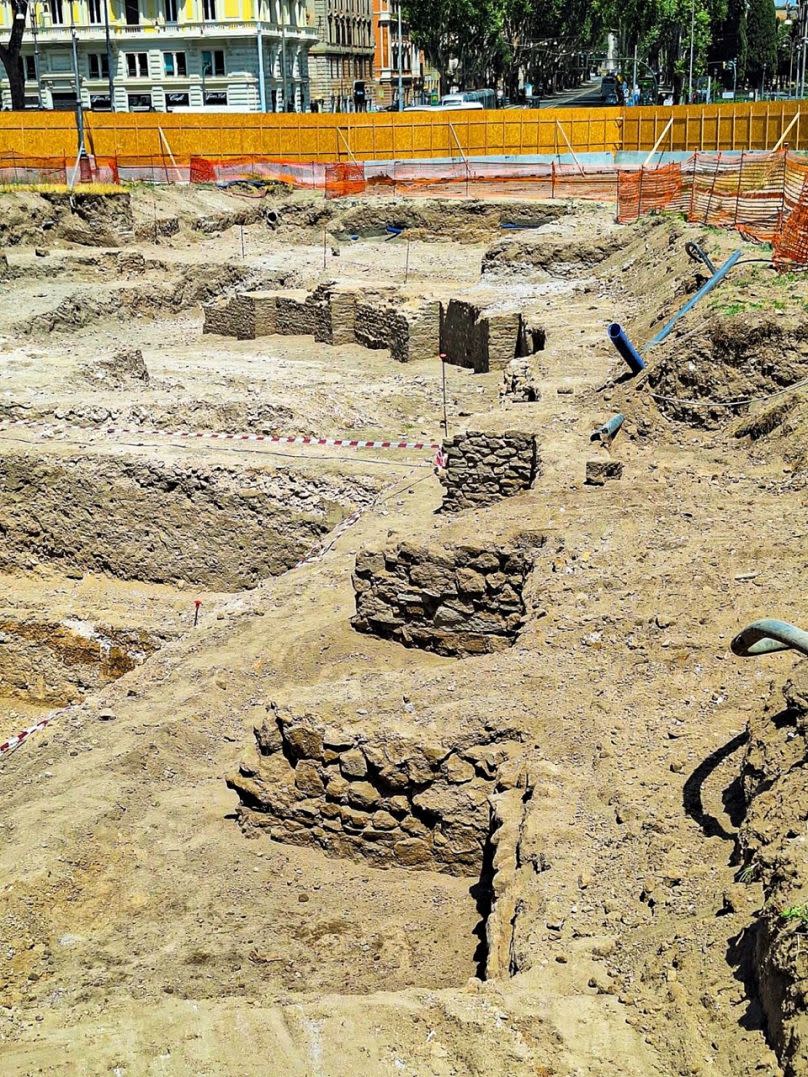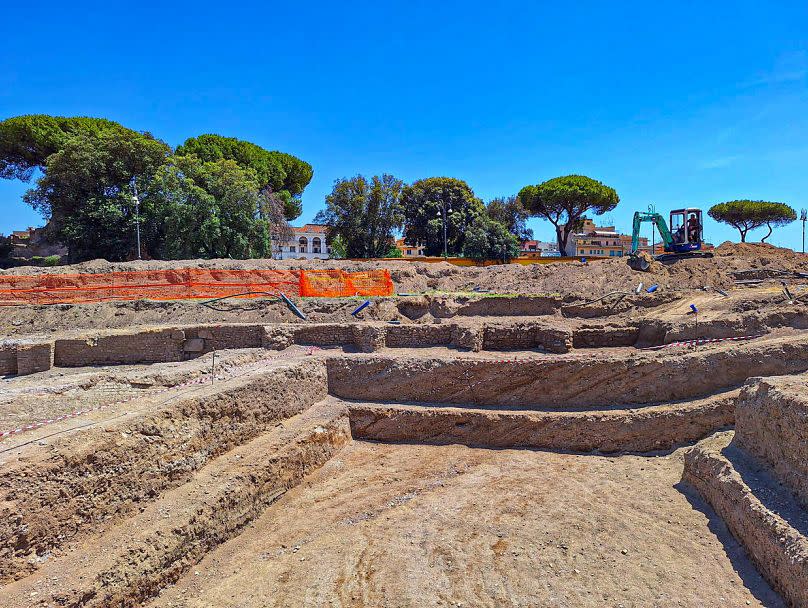Archaeologists think they’ve found remains of an ancient Papal palace in Rome, predating the Vatican

The Pope and the Vatican – these words have become near synonymous to many. But, Popes did not live at the Vatican until the 14th century. Now archaeologists say they’ve found the remains of what might be an ancient palace, the residence of the papal seat of that time.
An excavation team uncovered the architectural structure when working on a piazza outside the Archbasilica of St John Lateran in central Rome. According to the Italian Ministry of Culture, which made a statement on the discovery last week, it is surrounded by defensive walls that could have been built as early as the 9th century AD and as late as the 13th century AD.

Archaeologists think the walls were potentially constructed as a means to protect the Patriarchio, a monumental basilica originally planned by Emperor Constantine in the 4th century. The structure was expanded and renovated numerous times throughout the Middle Ages, experts say, and is believed to have housed several popes until 1305, until conflict with France saw it moved to Avignon.
“This is an extraordinarily important find for the city of Rome and its mediaeval history, as no extensive archaeological excavations have ever been carried out in the square in modern times,” the Italian Ministry of Culture said.

The excavations were being carried out prior to renovations for the 2025 Catholic Holy Year, or Jubilee – a year-long event starting in December that is expected to draw over 30 million pilgrims and tourists to Rome.
"Every single stone speaks to us and tells its story: thanks to these important discoveries, archaeologists will be able to learn more about our past,” Culture Minister Gennaro Sanguiliano commented on the discovery.

